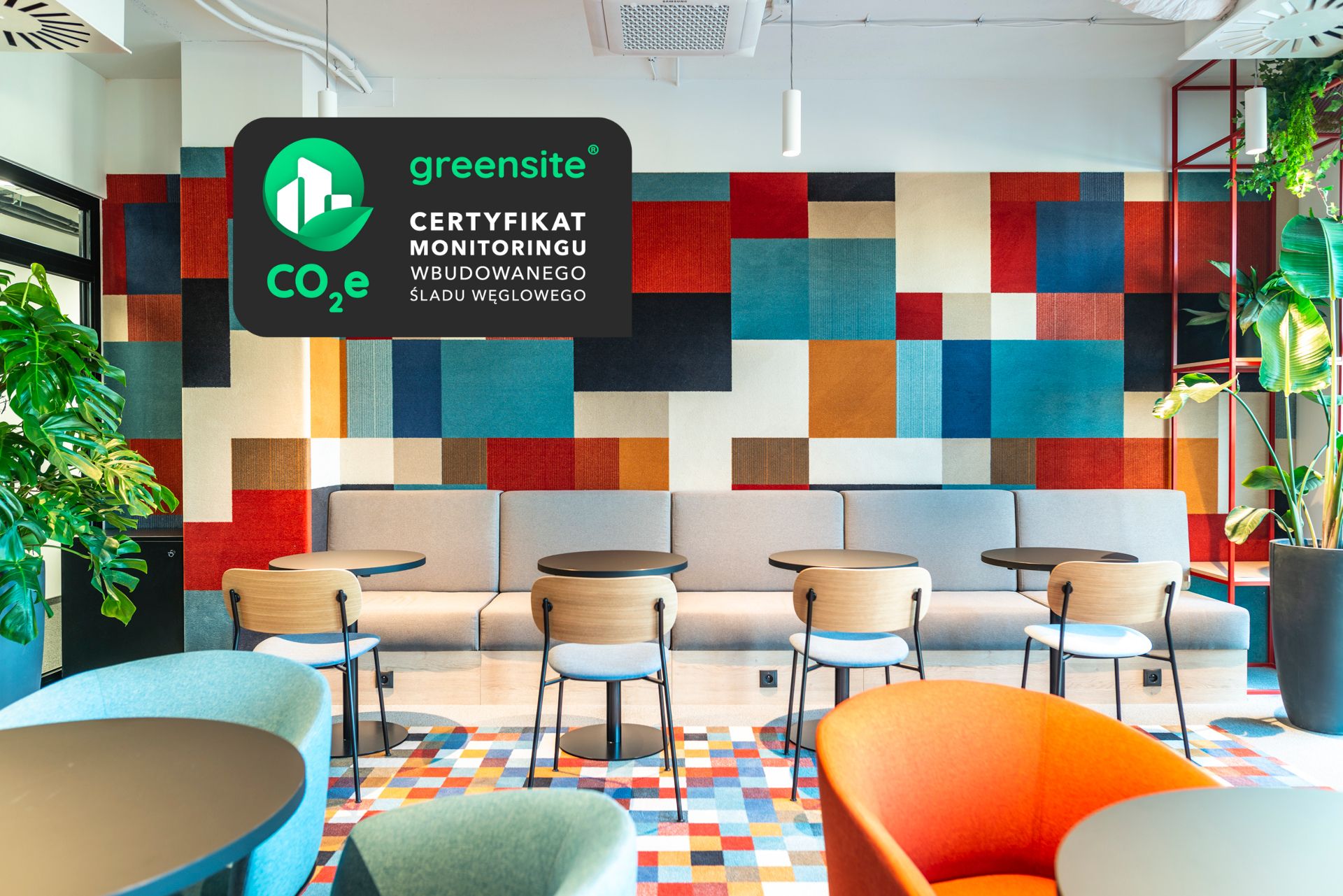
Getting ready to change your office? Be like Ten Square Games, monitor your carbon footprint!
Can an office relieve the burden on the planet? With its new office, Ten Square Games proves that it can. By making rational choices and considering the carbon footprint at every stage from design to finishing, the designers of the new floor of TSG’s headquarters saved a total emission value of 38.8 tons of CO2.
– Green sustainability is no longer just a matter of corporate choices, but a civilizational obligation that we should start to become more widely aware of – says Radoslaw Stojek, president of InstalOne, the company responsible for the implementation work.
Ten Square Games is a Wrocław-based mobile game developer whose flagship hits include Fishing Clash and Hunting Clash. The studio has recently rented another floor in Wrocław’s CityOne building.
Since the company places great importance on its sustainability goals, FruitOrchard studio and contractor InstalOne were invited to carry out the project. Thanks to them, the carbon footprint of the various elements was constantly being calculated during the execution of the project.
– We are a very environmentally conscious company and carry out many activities in this area – explains Olga Ostrowska ESG Manager at Ten Square Games. – Therefore, during the design works we emphasized making sure that our office meets high environmental standards and uses new solutions to also generate as few emissions as possible during use – she adds.
By carefully analyzing and searching for the best solutions, a total of over 38.8 tons of emissions was saved on 1,700 square meters of office space.
Is 38,8 tons of CO2 a lot and does saving it make a difference?
Yes, it is and yes it does! For reference, to produce 38.8 tons of CO2 one would have to fully charge 4,719,735 cell phones. In contrast, it takes 9 hectares of forest to neutralize that amount of CO2 in a year. On the other hand, raising awareness and setting a precedent is in and of itself crucial to help the climate.
– This pioneering project was one of the first in Poland where the emissions associated with the office arrangement were counted. Unfortunately, despite this industry being responsible for around 36 % of the European greenhouse gas emissions, there is no Polish reference data yet, that we could cite to measure how this result ranks against other, domestic implementations. However, there are already examples from the very demanding Scandinavian market – we can say that even against this ambitious background – we managed to achieve a good result – says Dorota Mogielnicka, author of the report and an expert in carbon footprint calculations on behalf of Greensite.
How to achieve such results?
Katarzyna Miastkowska, the lead architect at the FruitOrchard studio, does not doubt that this is the beginning of a promising new trend in interior design thinking:
– We all learned a great deal during this project. Among other things, during the design process, we made a number of decisions to reuse some of the existing elements, including partial preservation of walls, carpets, modular ceilings, or installations. For users, however, this is practically invisible, because the office as a whole is invented from scratch, with new functions in mind and to reflect the modern character of the brand – says Miastkowska.
As previously mentioned, construction is responsible for over a third of all European greenhouse gas emissions, so it is very important to reduce the carbon footprint generated by both construction and preparing space for tenant use. Estimating the embedded carbon footprint is intended to determine the environmental impact of a given investment. It is a necessary step in pursuit of making construction projects less and less harmful to the environment and lowering the industry’s carbon footprint.
One of the important elements of sustainable construction is the re-use of recycled building materials.
Much waste is reusable or recyclable. The Building Performance Institute Europe estimates that European Union countries currently produce more than 500 million tons of construction waste, of which about 50% is currently recovered and the recommendation for the coming years is to reach 70%. During the project, more than 85% of the existing flooring and about 40% of the existing ceilings were reused. This demonstrates the high-level potential for reusing materials suitable for this purpose.
– Plenty of other examples of what can be done to minimize our carbon footprint by recycling materials, can be found in our design of TSG’s headquarters. For the project, we used, among other things, Danish Ege carpets, designed especially for this project. Their „artistic” task was to resemble the rendering process – from the pixels to the final images, from the games produced by the company. Since they are on the floors and partly on the walls with a special
acoustic underlay, they further improve the comfort of the rooms. But most importantly – these carpets are not only Cradle2Cradle certified, but also the raw materials used in their products include recycled fishing nets or pet bottles – adds Katarzyna Miastkowska of Fruit Orchard
As part of the implementation, it was also ensured that the course of work itself contributes to reducing the consumption of utilities during construction work.
Stojek: It’s a challenge worth taking on.
Radoslaw Stojek, president of InstalOne, the company responsible for the construction, points out that reducing the carbon footprint requires not only competence in calculating it but also strong discipline. Each project of this type is a challenge for the entire team, which must demonstrate increased vigilance about ongoing energy consumption during implementation work. Creating work schedules with an emphasis on daylight work, ventilating rooms without mechanical ventilation, and disconnecting energy-consuming appliances after work, is proof that every tiny saving can make a massive difference in the aggregate summation. Reducing the embedded carbon footprint is a complex process, requiring awareness and cooperation among all those involved in the remodeling of the space. TSG’s new office space is tangible proof that such realizations are possible, and that this form of construction is the future standard.
(1) 38.8 tons of CO2 is the amount produced by 4,719,735 cell phones during charging.
(2) The embedded carbon footprint was estimated using the OneClick LCA Interior Design Carbon Tool using a methodology based on the ISO 14040/44 standard and the EN 15978 standard.
- Category :
- Type :

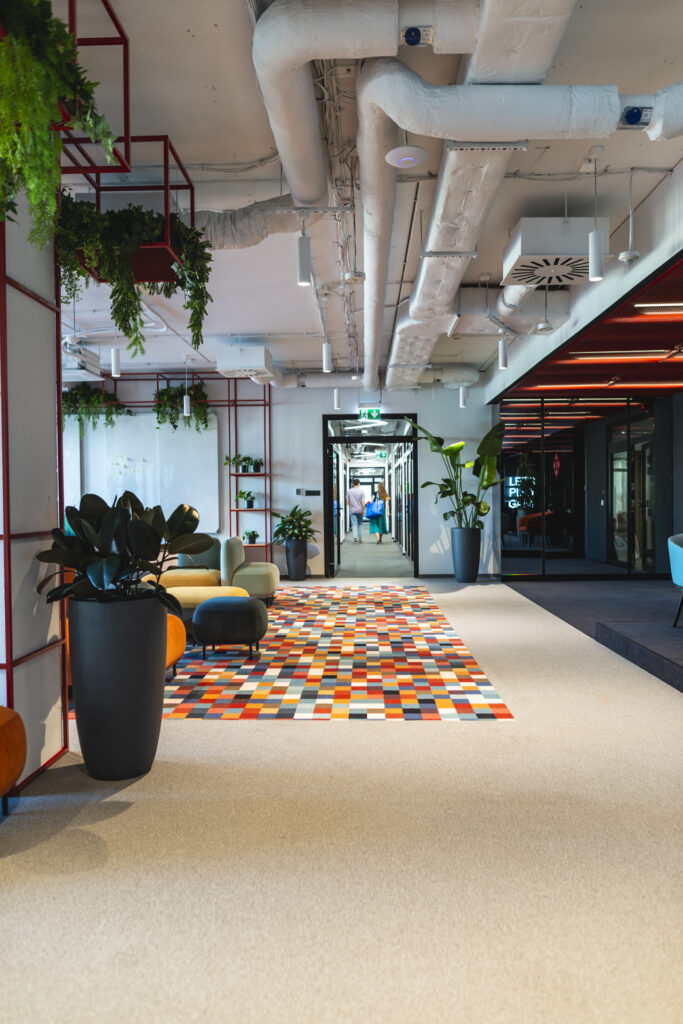
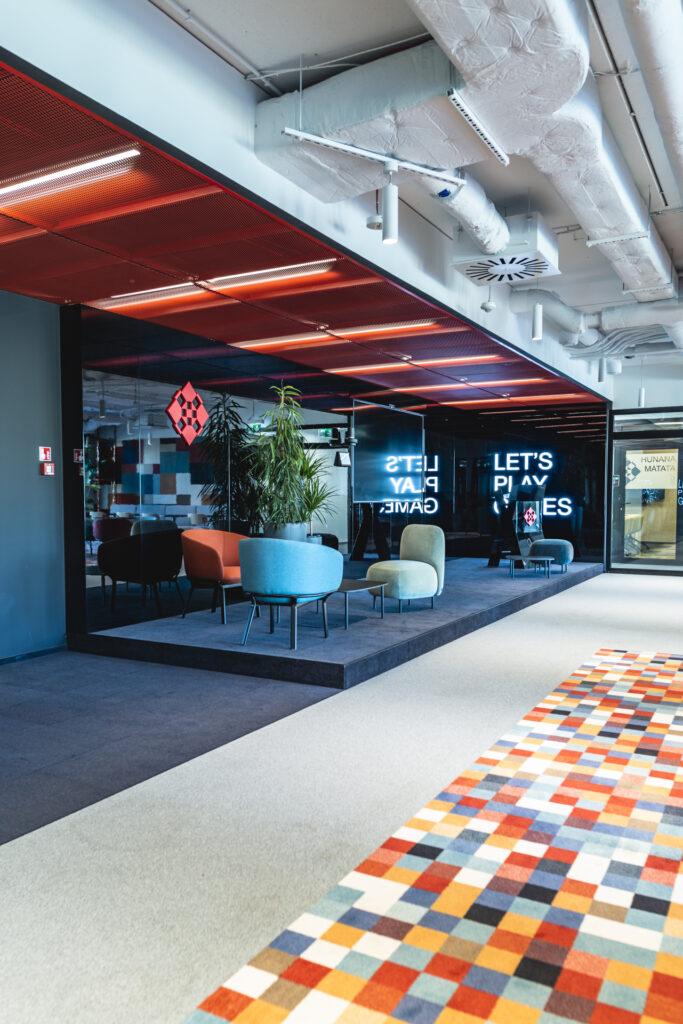

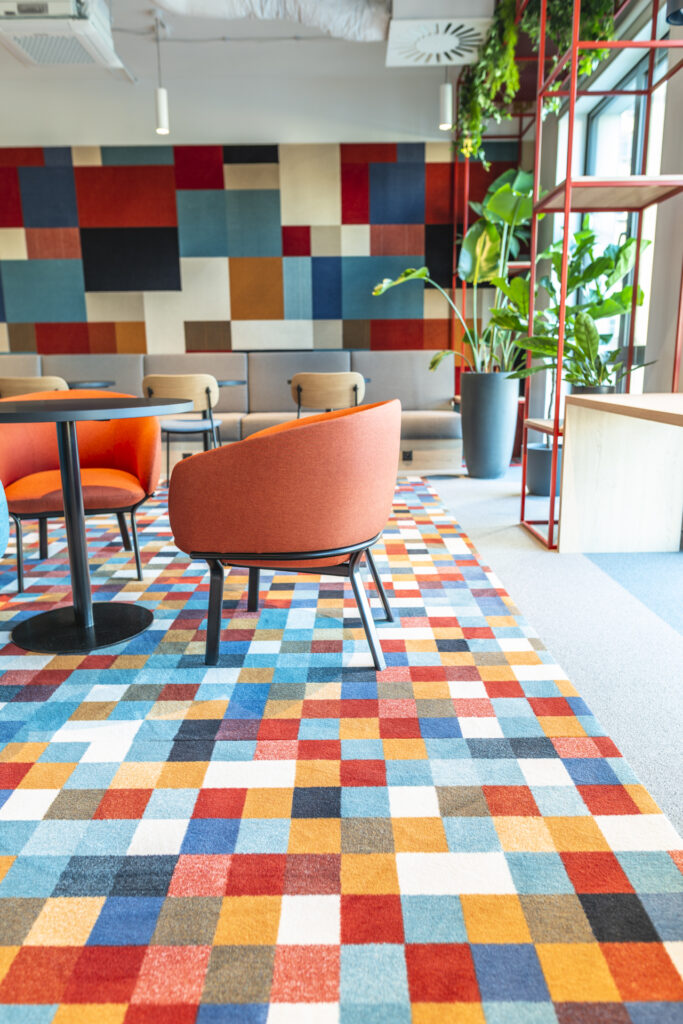
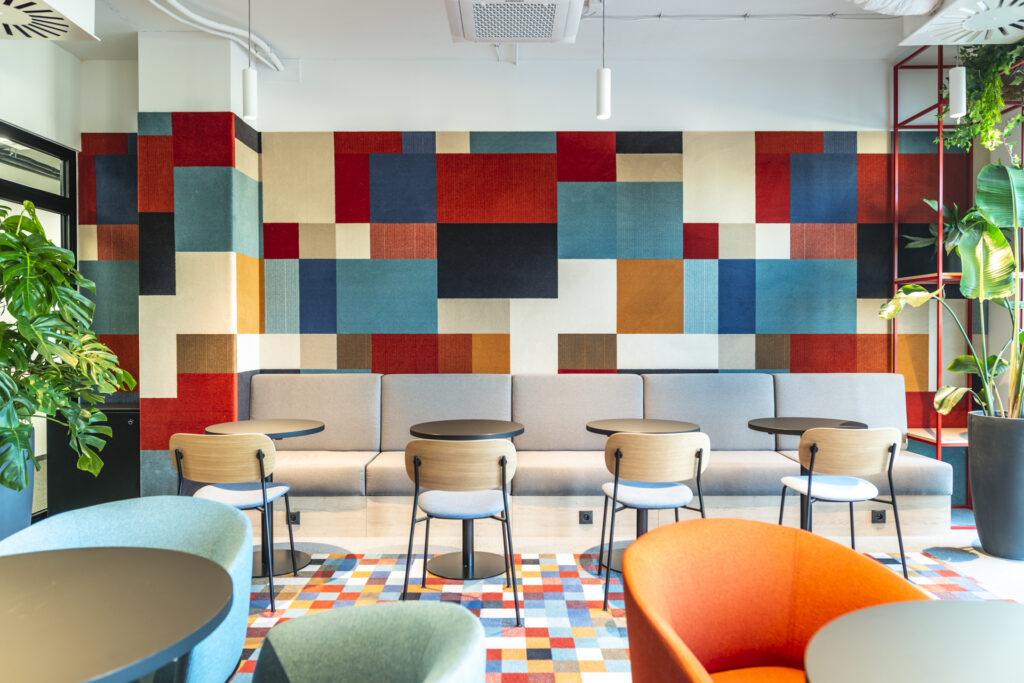

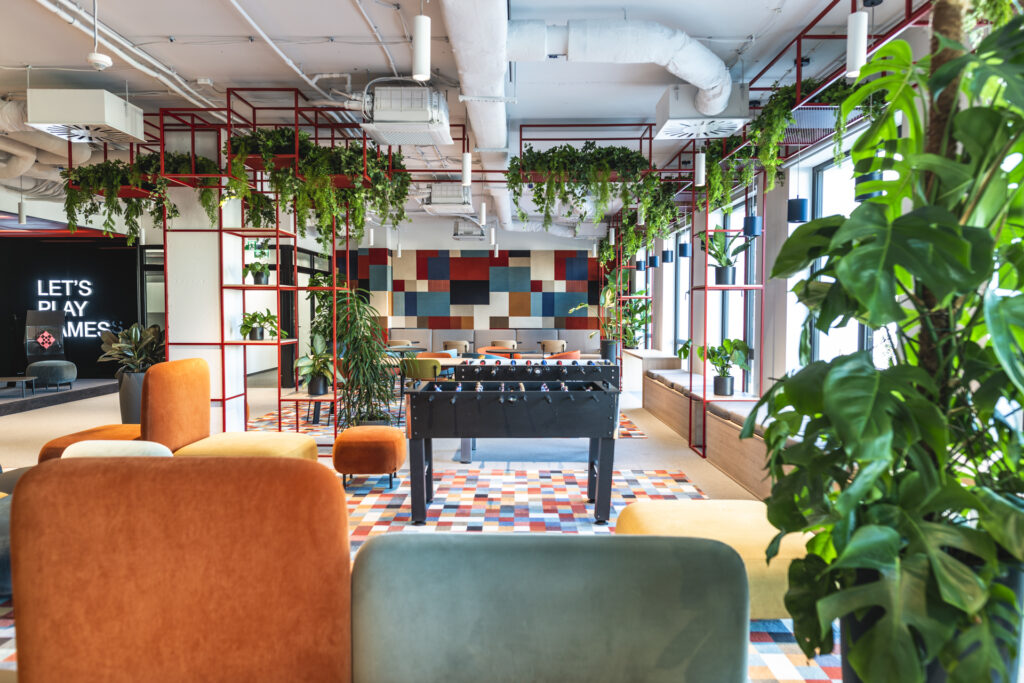
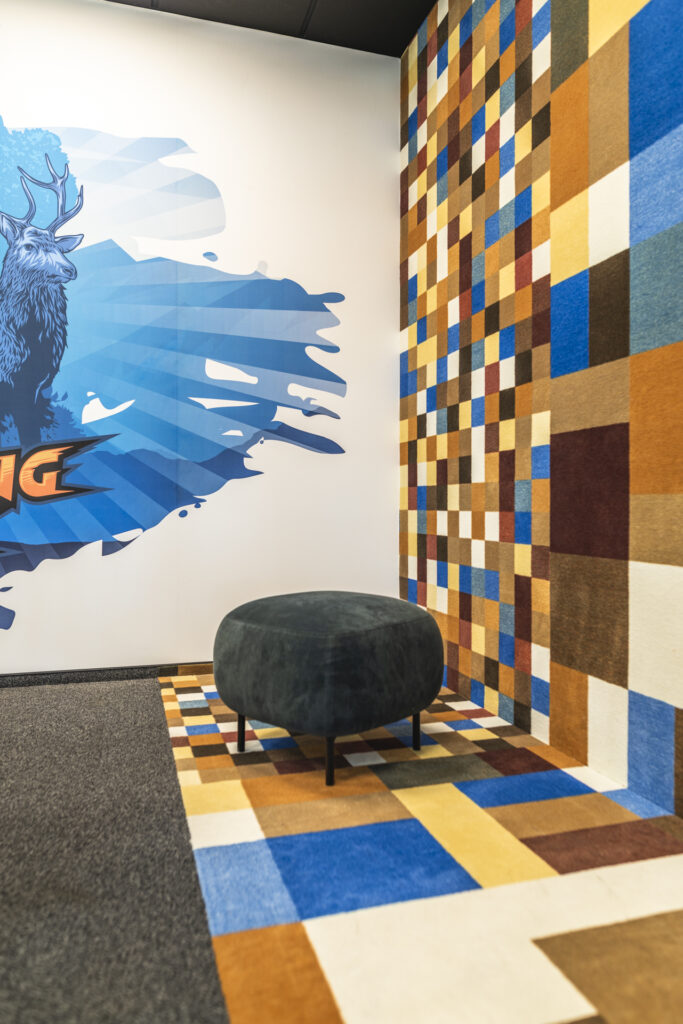
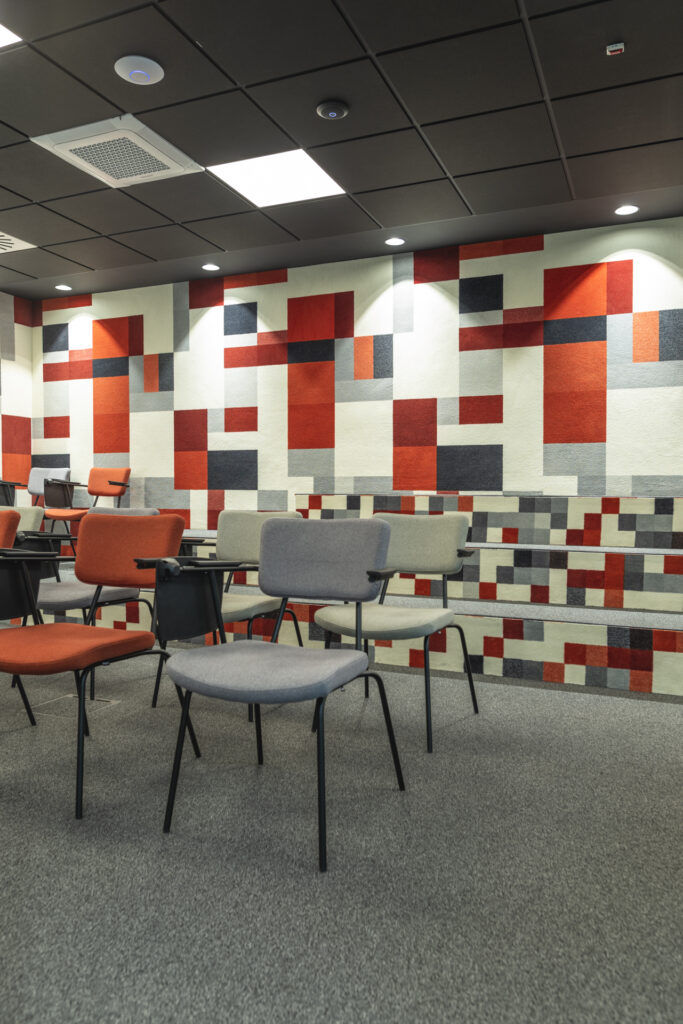

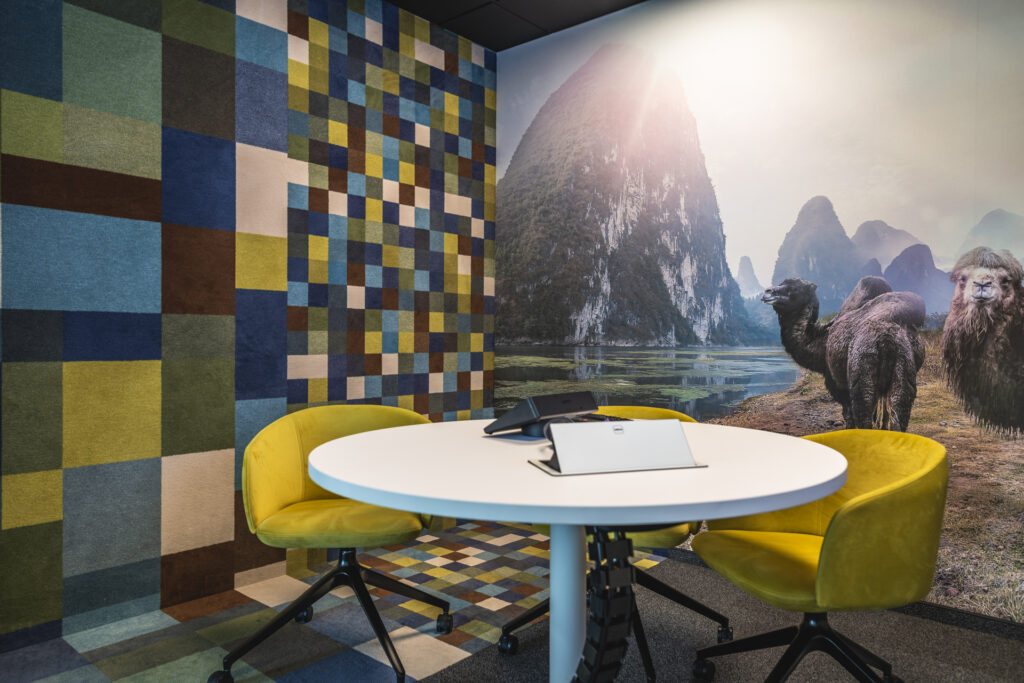
Najnowsze komentarze